Red-Lipped Batfish: An In-depth Look
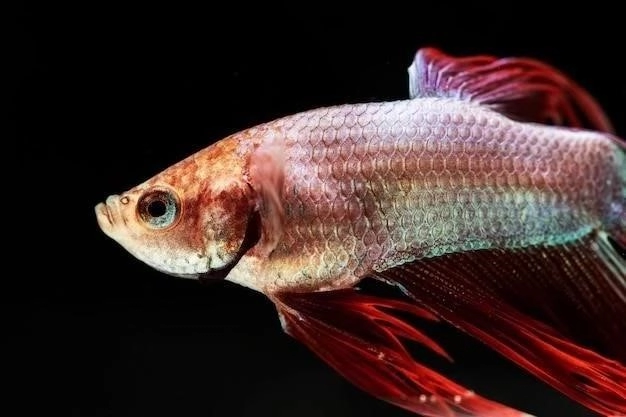
The Red-Lipped Batfish, scientifically known as Ogcocephalus darwini, is a fascinating creature that inhabits the ocean floor. Native to the Galapagos Islands, this fish is known for its unusual appearance and unique adaptations.
While categorized as a fish, the Red-Lipped Batfish is not a strong swimmer. It prefers to “walk” along the ocean floor using its modified pectoral fins. They are typically found at depths of 10 to 250 feet, favoring sandy bottoms where they can blend in and ambush prey.
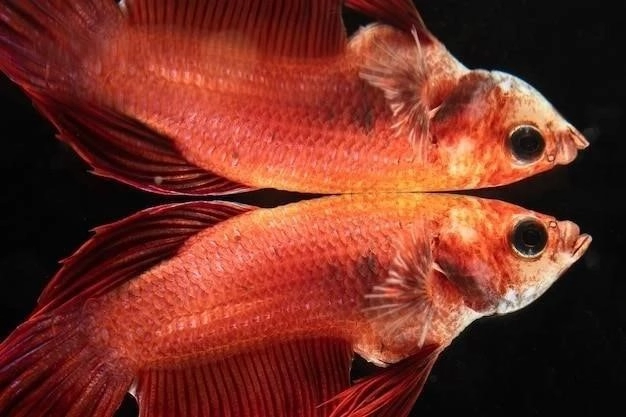
Beyond its striking red lips, this fish is identified by its flattened, triangular body shape, often described as bat-like. Its coloration is generally light brown or grey, helping it camouflage with the sandy bottom. These physical adaptations make the Red-Lipped Batfish a unique and intriguing subject of study for marine biologists and enthusiasts alike.
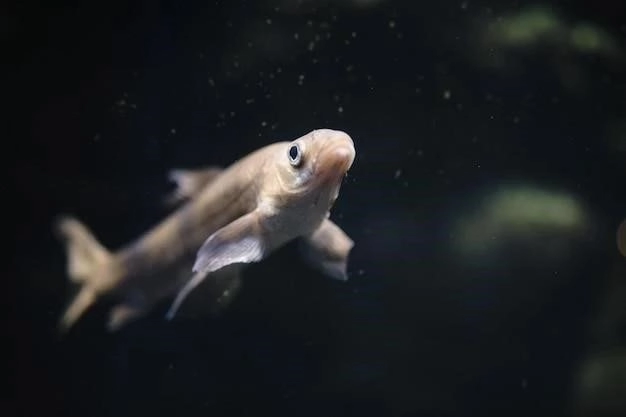
Physical Characteristics and Habitat
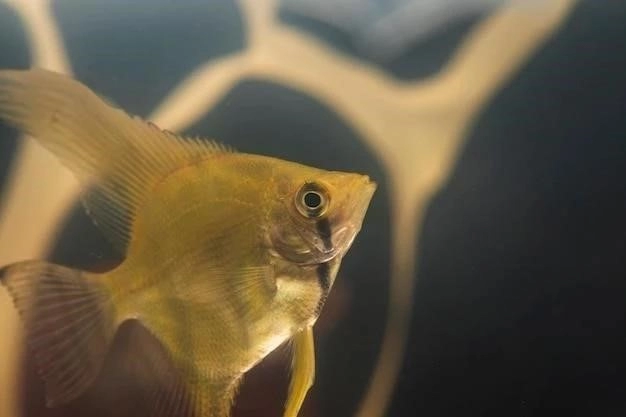
The Red-Lipped Batfish (Ogcocephalus darwini) is a truly unique species that captivates the imagination with its unusual appearance and intriguing adaptations. Found exclusively in the waters surrounding the Galapagos Islands, this bottom-dwelling fish exhibits a peculiar morphology that sets it apart from other marine life.
Contrary to what its name might suggest, the Red-Lipped Batfish is not a particularly skilled swimmer. Instead of gracefully gliding through the water, it prefers to “walk” along the ocean floor using its modified pectoral fins, which resemble stubby legs. These fins, along with its flattened body, allow it to navigate the sandy bottom with relative ease.
One of the most striking features of this species is undoubtedly its bright red lips, which stand out in stark contrast to its otherwise drab coloration. The purpose of these vibrant lips is not entirely understood, but scientists speculate they may play a role in attracting prey or attracting mates.
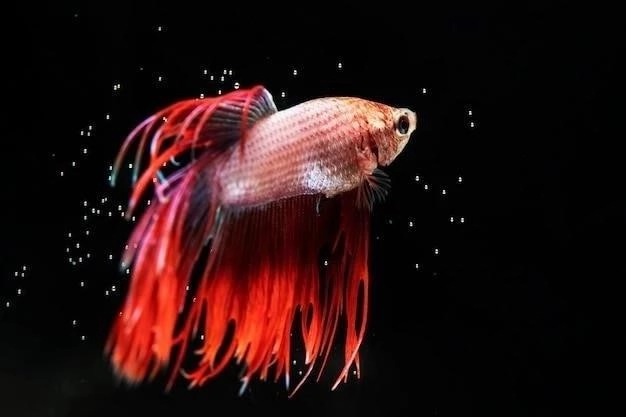
The body of the Red-Lipped Batfish is dorsoventrally flattened, giving it a somewhat squashed appearance. This flattened shape is perfectly suited for its benthic lifestyle, allowing it to hug the ocean floor and remain inconspicuous to both predators and prey. Its coloration is generally a mottled brown or grey, providing excellent camouflage against the sandy substrate of its preferred habitat.
The Red-Lipped Batfish is a relatively small species, typically reaching lengths of up to 40 centimeters (16 inches). It possesses a large head in proportion to its body, with a short, upturned snout that adds to its unusual appearance. Its eyes are positioned on top of its head, allowing it to scan the waters above while remaining hidden on the seafloor.
This fascinating fish prefers to inhabit sandy-bottomed environments at depths ranging from 3 to 76 meters (10 to 249 feet). These depths provide the ideal conditions for the Red-Lipped Batfish to thrive, offering a rich source of prey and ample opportunities for camouflage.
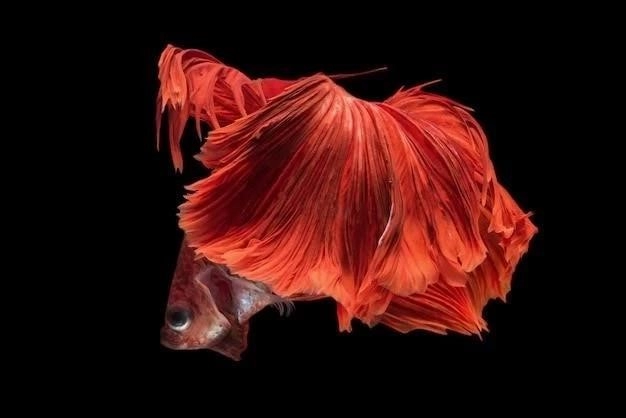
In summary, the Red-Lipped Batfish is a remarkable example of adaptation and evolution. Its unique physical characteristics, from its “walking” fins to its bright red lips, make it a truly unforgettable denizen of the Galapagos Islands’ underwater realm. Further research into this captivating species will undoubtedly reveal even more about its fascinating biology and the role it plays in its ecosystem.
Diet and Feeding Strategies
The Red-Lipped Batfish (Ogcocephalus darwini), a peculiar inhabitant of the Galapagos Islands’ waters, has evolved a diet and feeding strategies that perfectly suit its benthic lifestyle and the unique challenges of its environment. As a piscivore and invertivore, its diet primarily comprises small fish, shrimps, mollusks, and other crustaceans that share its sandy-bottom habitat.
Unlike many predatory fish that rely on speed and agility to chase down their prey, the Red-Lipped Batfish has adopted a more sedentary approach to hunting. Its flattened body shape and modified pectoral fins, resembling stubby legs, make it an adept “walker” on the ocean floor, allowing it to slowly and stealthily stalk its unsuspecting victims.
The Red-Lipped Batfish employs a fascinating hunting strategy that involves a specialized appendage known as an illicium, a modified dorsal fin spine that sits atop its head. This illicium can be wiggled enticingly, mimicking the movements of a small worm or crustacean. The bright red color of its lips may also play a role in attracting prey, serving as a visual lure in the otherwise dimly lit depths.
Once its prey is within striking distance, the Red-Lipped Batfish uses its protrusible jaw to rapidly extend its mouth forward, creating a suction force that pulls the unsuspecting prey into its waiting maw. This suction feeding technique is highly effective in capturing small, fast-moving organisms that might otherwise escape a slower predator.
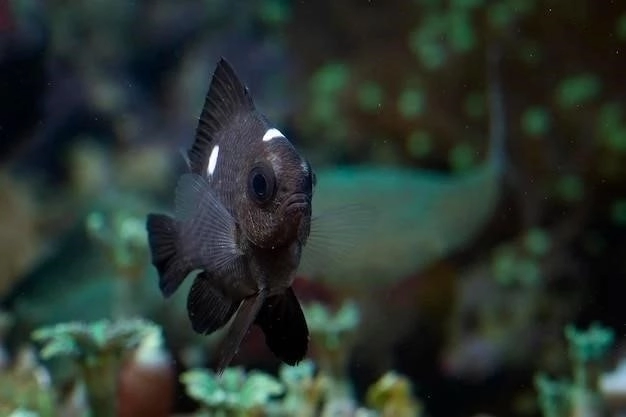
The Red-Lipped Batfish’s diet of crustaceans, mollusks, and small fish provides it with the necessary nutrients to thrive in its environment. Its feeding strategies, characterized by camouflage, stealth, and a specialized luring mechanism, demonstrate its remarkable adaptation to a benthic lifestyle and its ability to exploit the resources available in its Galapagos Island habitat.
While the exact details of its feeding habits are still being studied, the Red-Lipped Batfish provides a captivating example of the diverse and often surprising ways in which marine organisms have evolved to exploit their ecological niches. Its unique combination of physical adaptations and feeding strategies makes it a truly remarkable denizen of the ocean depths.
Unique Adaptations and Behaviors
The Red-Lipped Batfish (Ogcocephalus darwini), an enigmatic denizen of the Galapagos Islands’ coastal waters, showcases a suite of unique adaptations and behaviors that distinguish it from other marine fish and underscore its remarkable evolutionary journey.
Perhaps the most striking adaptation of the Red-Lipped Batfish is its modified pectoral fins, which resemble stubby legs rather than typical fish fins. These muscular appendages, combined with its flattened body shape, enable the fish to “walk” along the sandy bottom, a locomotion method rarely observed in the fish world. This unique form of movement allows the Red-Lipped Batfish to navigate its benthic environment with surprising agility, stealthily approaching prey or seeking shelter amongst rocks and coral.
Another noteworthy adaptation is its illicium, a modified dorsal fin spine located atop its head. This highly specialized appendage can be moved independently, mimicking the movements of a small worm or crustacean, and serves as a lure to attract unsuspecting prey. The bright red color of its lips, which are thought to be an extension of this luring mechanism, may further entice prey towards its waiting mouth.
Beyond its physical adaptations, the Red-Lipped Batfish exhibits fascinating behaviors. As an ambush predator, it relies on camouflage and patience. Its mottled brown or grey coloration blends seamlessly with the sandy bottom, making it nearly invisible to both prey and predators. It will often lie partially buried in the sand, waiting patiently for an opportune moment to strike.
Little is known about the Red-Lipped Batfish’s reproductive behavior, but like other anglerfish, it is thought to engage in external fertilization. The female likely releases eggs into the water column, which are then fertilized by the male. The larval stage of the Red-Lipped Batfish is pelagic, meaning they drift in the open ocean currents before settling on the seafloor and undergoing metamorphosis into their adult form.
The Red-Lipped Batfish, with its peculiar appearance and intriguing adaptations, exemplifies the remarkable diversity of life found in the world’s oceans. Continued research into this unusual species promises to unveil further insights into its unique biology, behavior, and the evolutionary pressures that have shaped its extraordinary existence.










